It may be easier than you think to get free coverage for your food and beverage business, even if you don’t know anybody in the media industry.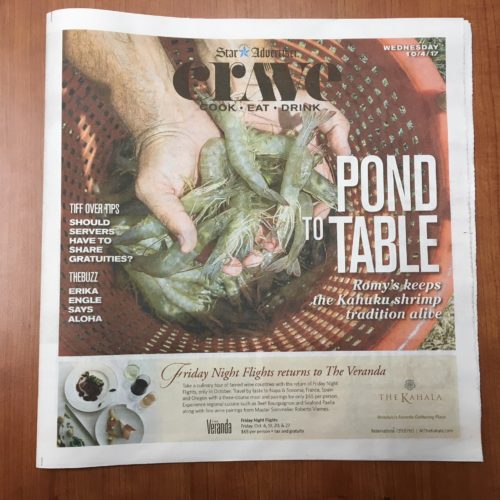
First, decide where you want to be seen. To determine that, answer some questions.
What’s your product? Who is, or who are your customers? Who are the customers you don’t have yet?
Which medium are they most likely to use?
Choose that one.
OR, you can use an old farming approach to getting your business covered by the media. Say you’ve got a handful of seeds to sow over a wide area. You’re going to BROADCAST them. That’s where the term came from, just so you know.
Rather than just approaching one media outlet, maybe you want to approach several.
If so, put together a news release explaining the who what when where etc., of your restaurant, or product, or other-best-thing-since-sliced-bread. Not a great writer? Use bullet points. Media people are busy and they get about 5.2 million emails every day, so the quicker something is to read, the better. Take the best photo you can, and attach a high-res version to your email. (Choose the “Actual Size” option for sending.)
Understand that different media outlets have different deadline structures. Print publications like Honolulu Magazine, as a monthly magazine, works 6 to 8 weeks out, so if you are thinking of planning a food event and want the magazine to attend, you need to take that into consideration. “Crave,” the Star-Advertiser’s weekly food section where I used to work, hits the street every Wednesday, but the copy deadline is the previous Thursday. SOMETIMES things can be pushed to Friday, but that is the exception, not the rule.
With TV stations, sure, they can turn around on a dime to cover breaking news, but is that new ice cream flavor going to get that kind of last-minute consideration? No. If you plan ahead, though, the corpse-flower-flavored ice cream your auntie created is likely to get some air time, and certainly online exposure from any number of local food-focused websites.
News value can be hard to quantify, but it can also be easy. A raging wildfire has general news value and is likely to be widely covered by most local news outlets. The arrival of a new shipment of glasses for cocktail service has much less general news value, but if the glasses are really cool or unique, the food media might pick up the story.
There’s not enough room here for a comprehensive list of media contacts, but use Google and search terms like, Hawaii news, Hawaii magazines, Hawaii food blogs, and Honolulu social media influencers, to find links to TV stations, newspapers, blogs and Instagram rock-stars.
DO take the time to examine the publications, TV shows, websites, blogs or social media feeds before making contact. For one, you want to be certain that the platform is the right environment for promoting your proud accomplishment. Secondly, you want to show that you respect the work of the person or company from which you are seeking free coverage.
If you took the first path and chose only one media outlet, and maybe only one person with that organization, tell them you are offering your story to them first. The thought of an exclusive, or first-break, can be very appealing. Your end of that arrangement, is waiting for that person’s coverage to run before having your story run anywhere else.
If you sent information out widely, make that obvious. If you sent a news release to three of the same people at one publication, be transparent about that, too. Resources are limited, and maybe only one of the three can be allocated to your story.
The bottom line here is, if you try, you might actually succeed.

Erika Engle/ Food Gurus Hawaii, Communications Director
Erika Engle
Food Gurus Hawaii
Communications Director

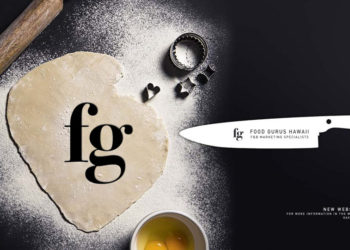
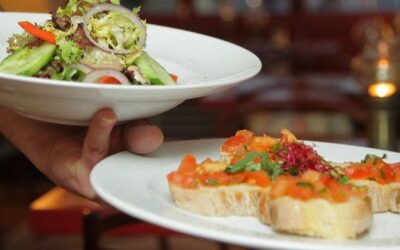
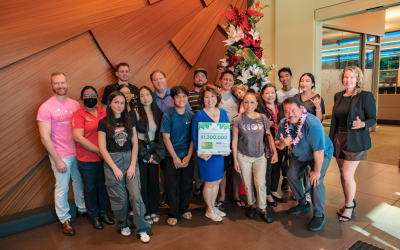
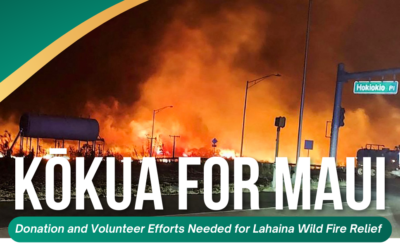
0 Comments